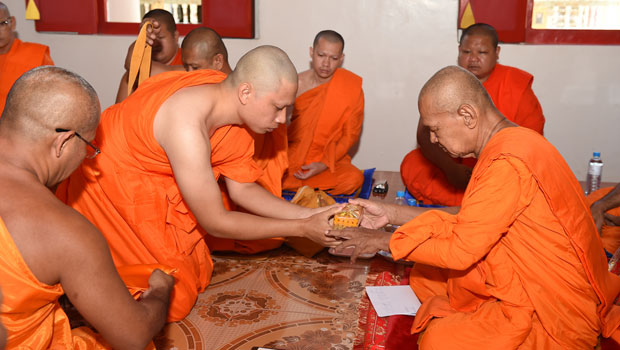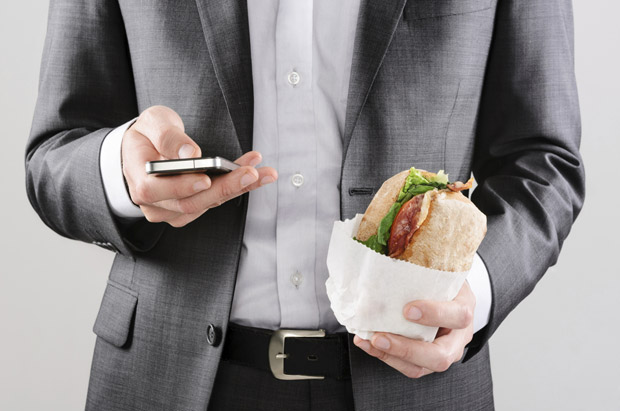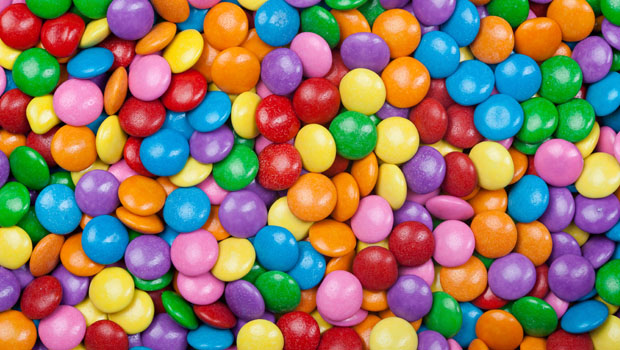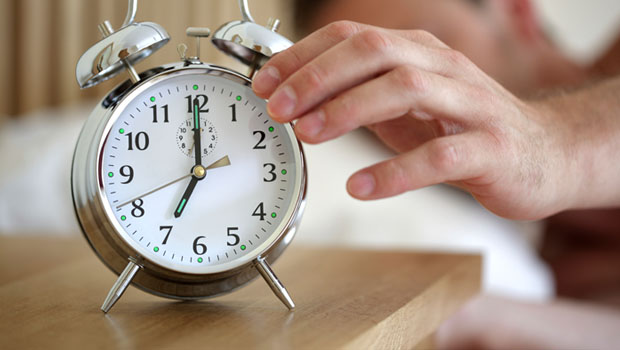Thai Monks at High Risk of Type 2 Diabetes

Buddhist monks in Thailand have a higher risk for obesity and diabetes than the average population, according to a study conducted by Chulalongkorn University’s Faculty of Allied Health Sciences. The BBC has reported on the high health risks monks face because of a diet high in fatty, low-fiber, protein-deficient foods given to them by devotees, coupled with a sedentary lifestyle.
The BBC reports that some Thai people see monks as vessels to relatives who have passed away, and feed them accordingly. Because monks are usually only allowed one to two meals a day, and often don’t cook, they rely heavily on the food given to them by their devotees. Most of the foods donated to these monks are unhealthy sweets; the monks often aren’t allowed to refuse food and have to eat all of what they are given, and this can lead to health problems.
The Type 2 diabetes rate among Thai monks is 10.5%, or 4.5% higher than the diabetes rate among the general male population in Thailand*. Sri Lankan monks have a similar problem, with half of the country’s 40,000 monks at risk of Type 2 diabetes, according to a SkyNews report.
Monks are also required to walk slowly and to stay calm; this can lead to an inactive lifestyle which also increases the likelihood of developing diabetes. Devotees are now being encouraged to give healthier foods to the monks.
Unhealthy food donations are a problem in the United States, as well. As summed up in a “Adam Ruins Everything” video on truTV, food donated to foods banks is often canned, expired, unhealthy, or all three.
One out of every seven people in the U.S. relies on food banks as their main source of nutrition. To maintain a healthy diet, they need fruits and vegetables, lean meats, and whole-grain bread, just like those who shop at supermarkets or a farmer market — but these healthy perishables can’t be as easily donated and stored. There is a growing consensus that the best donation that can be made to a food bank is a monetary one that allows food bank officials to buy healthy food at cost directly from farmers and supermarkets.
*It should be noted that the rate of diabetes among Thai monks is just a bit higher than the Type 2 diabetes rate of the general population in the U.S. The CDC reports that roughly 9 percent of the U.S population had Type 2 diabetes in 2014.
Photo Credit: leykladay / Shutterstock.com




